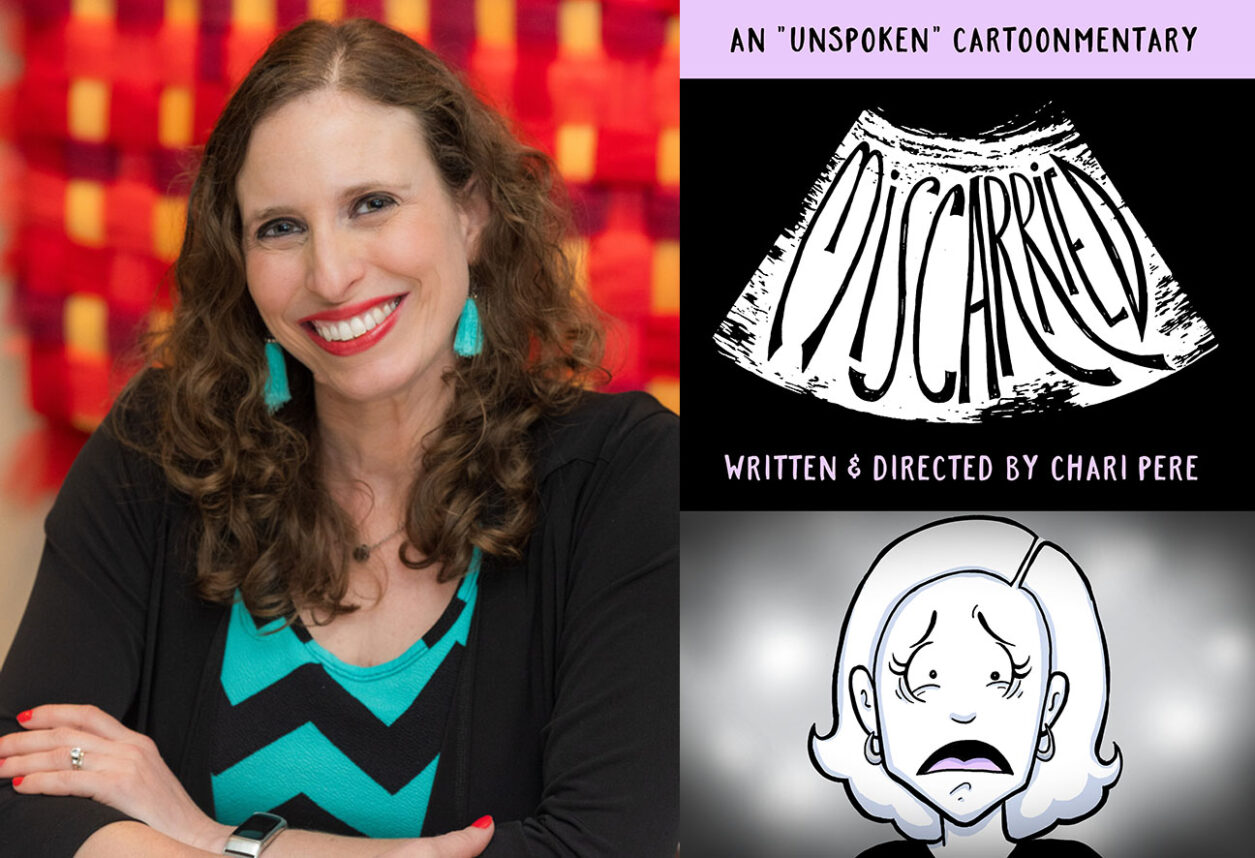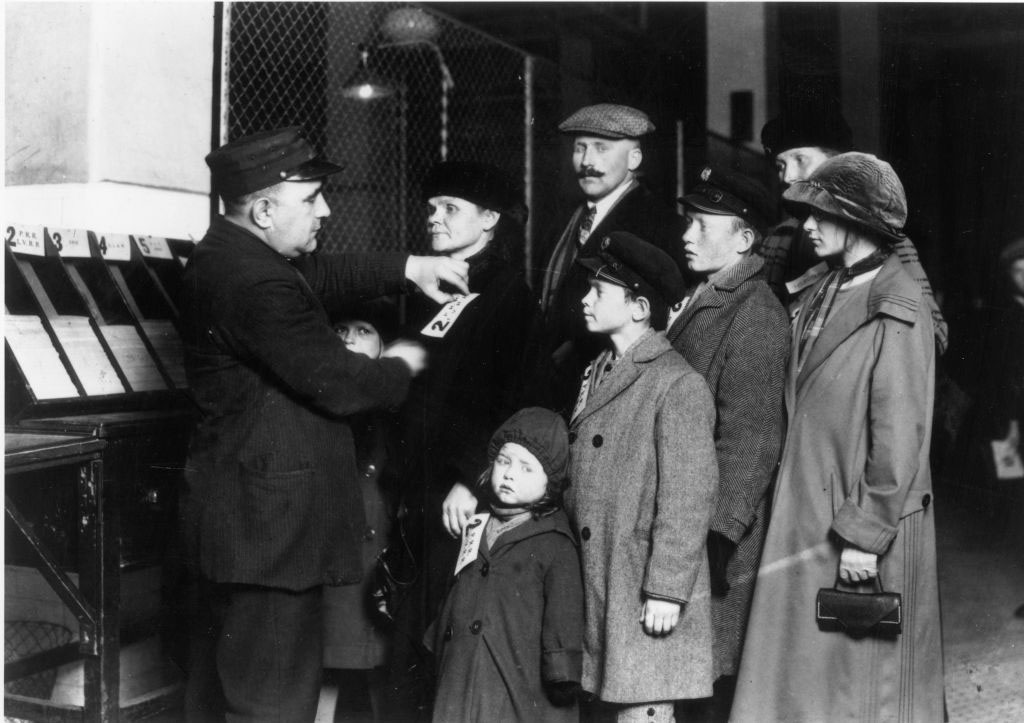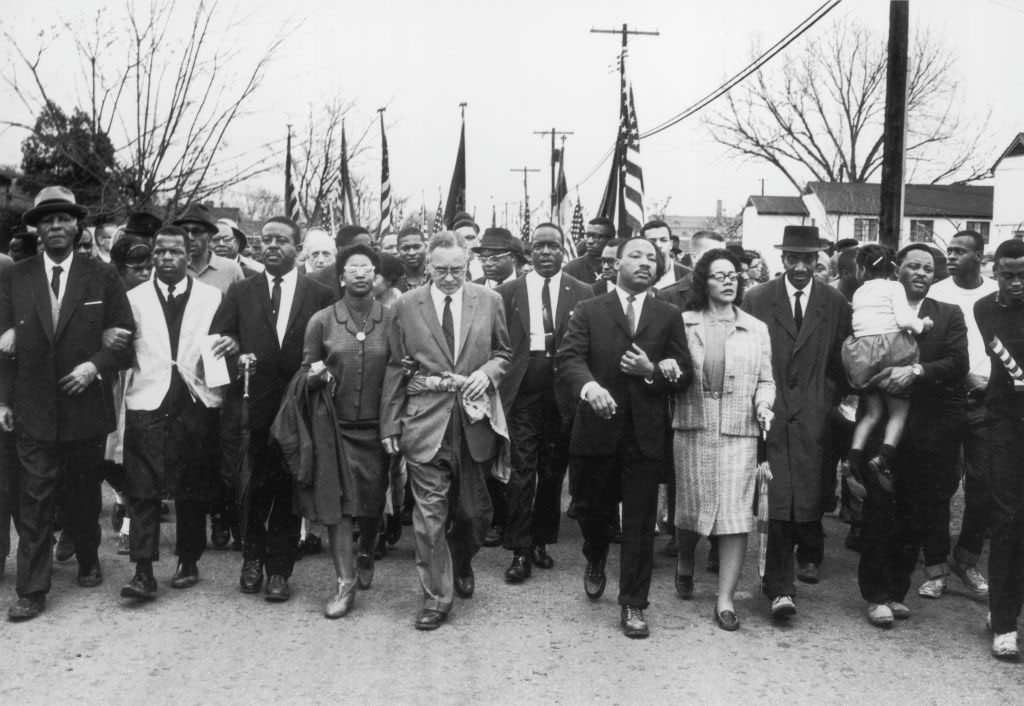“Just a minute,” Rebecca, the receptionist at the Laboratoire Rambouillet in Paris, told 5 1/2-year-old Simone Richlin (née Tolstonog) and her two cousins, Serge, 12, and Riton, 9. The children had come to visit their mothers, who worked at the suppository manufacturing company; Simone’s mother, Sylvia, as an accountant, and her cousins’ mother, Evelyn, as a technician. Ordinarily Rebecca waved the children in. This time, however, she disappeared inside, returning to tell them she would walk them back to their grandparents’ apartment. “Shhh, don’t talk,” she cautioned. Once outdoors, Rebecca explained that the French police were in Sylvia’s office, arresting her and Evelyn. Simone panicked. “I knew something terrible had happened,” she recalled. It was Nov. 5, 1942.
Simone was born on April 18, 1937, in Paris to Sylvia and Emile Tolstonog. Emile was a racecar driver, who also built and repaired cars. Sylvia, an accountant, was one of the first French women to obtain a driver’s license, as well as her own car.
The secular Jewish family lived in a one-bedroom apartment, though Emile was largely absent, returning from military service when Simone was 1, then called up again a year and a half later. Sylvia worked full time; Madame Beaudry, an older woman, cared for Simone.
On June 14, 1940, Paris fell to the Germans. The following November, the family learned that Emile had been taken prisoner in Germany in July.
When Simone, as a 4-year-old, began public school in October 1941, all students were issued gas masks, which they were forced to wear during air-raid drills. “It was very scary,” she said, with the mask’s long tubes and the rubber pulled tight across her face.
Still, during this time, Simone continued to ice skate, see movies and visit her maternal grandparents, Saul and Gizele Haimoff, who lived five blocks away. In fact, no one suspected that Saul, who was Turkish and wore a fez, was Jewish. “We had a normal life in the midst of the chaos,” Simone said.
And even after the Jews were ordered to sew yellow stars on their clothes, on May 29, 1942, Simone wore hers only one day, until Sylvia announced, “We’re never wearing this again.”
Shortly afterward, Sylvia piled Evelyn, the grandparents and the three cousins into her Corre la Licorne automobile and fled to Spain. But when the Spanish border guards saw the children, who, having contracted chicken pox three days earlier, were covered with spots, they refused them entry. So the family returned to Paris. “That one thing changed our lives forever,” Simone said.
After her mother and aunt’s arrest, the following November, Simone no longer attended school or returned to Sylvia’s apartment. Her grandfather had learned that a laboratory employee had denounced the women and feared the authorities would come looking for the children.
Saul took Simone to Madame Beaudry’s house in Villeparisis, outside Paris. But two weeks later, the nanny’s son noticed that Simone’s cheek was red and swollen, an allergic reaction to something she had eaten, and said, “What’s wrong with the little Jew?” The following weekend Saul brought her back to Paris.
Saul brought Simone to his brother’s Paris apartment, where the brother’s wife, fearing lice, had Simone’s head shaved and insisted she eat in the kitchen with the maid. Soon she returned again to her grandparents.
At that point, Saul decided to hide the children in the cellar, which was the size of a large closet and contained coal and wood to heat the apartment. Each of the building’s 18 apartments had its own cellar.
From then on — this was December 1942 — every morning at 5:30 a.m., Saul led Simone and her two cousins to the basement, having taught them how to tread carefully on each individual wooden step from their second-floor apartment to the cellar without causing it to creak. The children remained there, without food or water and with a bucket for a toilet, until 1 a.m., when Saul returned and escorted them back upstairs.
Gizele then washed and fed them, shared the day’s news and had them rest atop their beds, fully dressed, until 5 a.m., at which point they ate, then returned to the cellar.
There, able to see one another only as gray shapes in the darkness, the children invented games they could play silently. They also made up numbers for songs and sang them together in their heads. Serge taught himself how to play the harmonica soundlessly; Riton drew in the dark; and Simone dressed and undressed her doll. “Mostly we meditated for two years,” she said.
They were also always frightened, their ears quickly recognizing the footsteps of the other tenants on the staircase. And they were plagued by lice and worms from the only meat Gizele was able to procure. And sometimes they cried from the cold.
But Simone’s grandparents, who were in their late 70s or early 80s, remained optimistic. Every morning, Gizele read the chicory grounds that settled in her empty cup. “It’s going to get better,” she always told the children, who believed her.
Simone doesn’t know how she and her cousins survived those years. Nor did she realize until later how much their grandparents sacrificed for them. “I don’t know how these two people had the strength to go for two years like this,” she said.
Finally, on Aug. 25, 1944, Paris was liberated. Simone and her cousins stood in the doorway of their apartment building, watching and waving at the American soldiers in their tanks, which had stopped on their street. “It was a very exciting day,” Simone recalled.
Saul encouraged the children to return to their prewar routines, but Simone and her cousins continued to feel constricted. “We were three children who didn’t know what it was to be normal,” Simone said.
Sometime during the next spring, Simone went to live with her father, who had returned home. But, she said, “He scared me. He was in terrible distress from being in the war.” Every two days or so, she would come home from school to find him sitting in the bathtub with the gas turned on, trying to kill himself. One day she fetched her grandfather, who brought her back to his apartment.
In late summer 1945, an apparent stranger, bloated, with straggly hair, rang the doorbell. “Don’t you recognize me? I’m Sylvia,” her mother said. She had survived several French detention camps as well as Bergen-Belsen. Evelyn, they learned, had been gassed in Sobibor.
Sylvia moved into the grandparents’ apartment, and after three months, found work as an accountant. Emile, however, never recovered from the war, and in 1949 they divorced.
In fall 1949, while taking the bus to Lycée Jules Ferry, Simone, now 12, met two classmates who lived nearby and who were also Jewish. The girls became best friends, creating their own support group. “They kept me alive,” Simone said. To this day, the three remain close.
At 13 1/2, Simone wanted to attend school in the United States. She contacted an aunt, a sister of Sylvia’s, and arranged to travel to Los Angeles, arriving in April 1951.
Simone moved in with her aunt and uncle, teaching herself English while essentially serving as her aunt’s maid. In the fall, she entered North Hollywood High School.
In 1952, Simone’s mother also immigrated to Los Angeles, with her new husband.
After graduating from high school in June 1954, Simone attended Los Angeles State College (now Cal State Los Angeles), where she studied languages. But she left after two years to pursue various business opportunities.
In May 1958, Simone met Jay Richlin, an ophthalmologist. They married on Aug. 24, 1958, and had three sons: Stewart, who was born in November 1960; Spencer, born in April 1964; and Sidney, born in July 1965. Jay died unexpectedly in April 2012.
Over the years, Simone has run a crafts store, The Yarn Merchant; a furniture store, Trio Imports; a video production company, Richlin Productions; and a clothing company, L&P Designs. She’s currently working on closing Jay’s practice.
Now 78 and a grandmother of four, Simone agreed to talk to the Jewish Journal, and shared her story publicly for only the third time in order to bring attention to the struggles of child survivors.
“Children should not be discounted,” she said. “You’re not free of the Holocaust. It doesn’t take very much — a word, a noise, a movement, a smell — to get back where you were.”





















 More news and opinions than at a Shabbat dinner, right in your inbox.
More news and opinions than at a Shabbat dinner, right in your inbox.